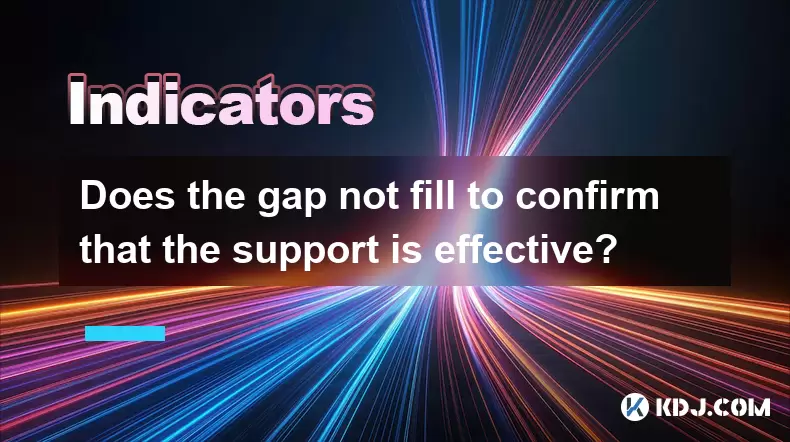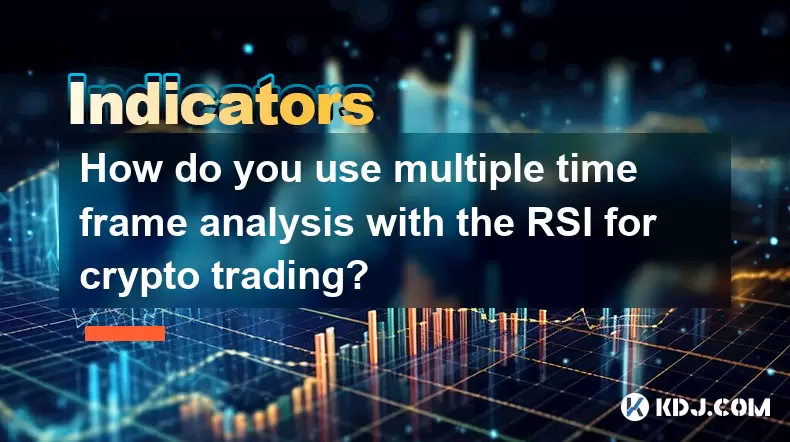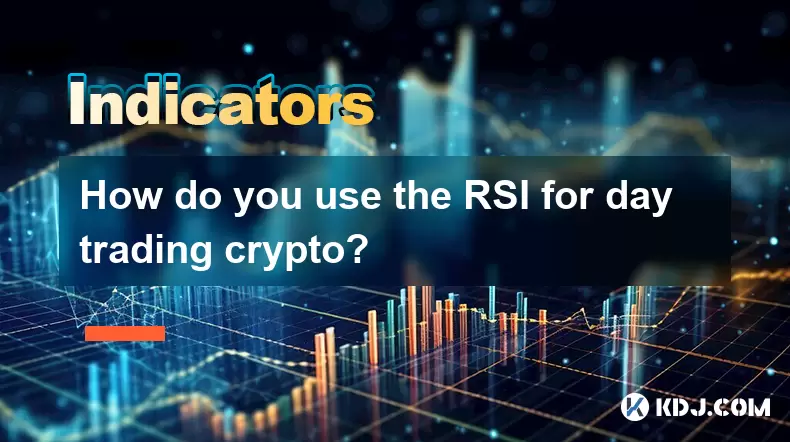-
 Bitcoin
Bitcoin $118400
0.47% -
 Ethereum
Ethereum $3836
2.20% -
 XRP
XRP $3.157
2.98% -
 Tether USDt
Tether USDt $0.9999
-0.03% -
 BNB
BNB $801.5
1.31% -
 Solana
Solana $180.9
2.07% -
 USDC
USDC $0.9999
-0.02% -
 Dogecoin
Dogecoin $0.2225
2.50% -
 TRON
TRON $0.3285
-1.02% -
 Cardano
Cardano $0.7789
2.60% -
 Hyperliquid
Hyperliquid $43.60
2.39% -
 Sui
Sui $3.892
4.41% -
 Stellar
Stellar $0.4229
3.34% -
 Chainlink
Chainlink $18.01
3.98% -
 Hedera
Hedera $0.2745
6.77% -
 Bitcoin Cash
Bitcoin Cash $582.3
3.38% -
 Avalanche
Avalanche $23.77
1.04% -
 Ethena USDe
Ethena USDe $1.001
0.01% -
 Toncoin
Toncoin $3.493
3.59% -
 Litecoin
Litecoin $110.0
2.48% -
 UNUS SED LEO
UNUS SED LEO $8.936
-0.37% -
 Shiba Inu
Shiba Inu $0.00001304
2.49% -
 Uniswap
Uniswap $9.999
1.09% -
 Polkadot
Polkadot $3.897
3.26% -
 Monero
Monero $308.6
-0.83% -
 Dai
Dai $0.9999
-0.01% -
 Bitget Token
Bitget Token $4.504
-0.04% -
 Pepe
Pepe $0.00001154
2.95% -
 Cronos
Cronos $0.1471
3.06% -
 Ethena
Ethena $0.6691
19.53%
Does the gap not fill to confirm that the support is effective?
An unfilled gap near a support zone in crypto trading may signal strong momentum or validated support, but it requires confirmation through volume, chart patterns, and technical indicators for reliable decision-making.
Jun 22, 2025 at 08:43 am

Understanding the Concept of Gaps in Cryptocurrency Trading
In cryptocurrency trading, a gap refers to a situation where the price of an asset jumps from one level to another without any trading occurring in between. This often happens during periods of high volatility or over weekends when the market is closed but news events cause price shifts. A common question among traders is whether a gap not filling implies that support levels are effective. To understand this, it's essential to grasp how gaps form and behave in crypto markets.
Gaps can be classified into several types, including common gaps, breakaway gaps, runaway gaps, and exhaustion gaps. Each type has different implications for market psychology and potential future price action.
What Does It Mean When a Gap Fills?
When traders say a gap "fills," they mean that the price returns to the area where the gap originated. For example, if Bitcoin opens at $60,000 after closing at $58,000, a $2,000 upward gap forms. If the price later drops back to $58,000, the gap is considered filled.
- Filling a gap doesn't necessarily indicate strength or weakness; it depends on the context and volume.
- Some traders view unfilled gaps as areas of strong support or resistance.
- Others believe that gaps will eventually fill regardless of market conditions.
The idea that all gaps must fill is a myth in traditional markets and even more so in cryptocurrency due to its 24/7 nature and frequent volatility.
How Support Levels Function in Crypto Markets
Support levels are price points where an asset historically finds buying interest. In the crypto space, these levels can be identified through previous lows, Fibonacci retracement levels, or moving averages.
- A valid support level typically shows multiple touches with price bouncing off it.
- When a gap occurs near a known support zone and doesn't get filled, some traders interpret this as a sign of strong support holding.
- However, the absence of a gap fill doesn't automatically confirm support effectiveness—it could simply reflect continued bullish momentum.
It's important to evaluate support levels in conjunction with other technical indicators such as RSI, MACD, and volume patterns.
Analyzing Unfilled Gaps Near Support Zones
Let’s consider a scenario: Ethereum creates a gap upwards while approaching a key support level around $1,800. Instead of retracing to close the gap, the price continues higher. This situation raises questions about the relationship between gaps and support.
- If the price does not return to test the support area, it might suggest that the support was already validated before the gap occurred.
- Alternatively, the gap may have shifted the market sentiment so strongly that prior support becomes irrelevant.
- Traders should look at order book data and liquidity zones to assess whether the support remains intact despite the unfilled gap.
This analysis requires looking at candlestick structure, wicks, and volume profiles to determine the strength of the support relative to the gap.
Practical Steps to Confirm Support Validity Around Gaps
To assess whether an unfilled gap confirms effective support, follow these steps:
- Identify the type of gap—determine if it's a breakaway, continuation, or exhaustion gap using volume and chart context.
- Check proximity to historical support—measure how close the gap is to previously established support zones.
- Observe price behavior after the gap—does the price continue in the direction of the gap, or does it stall and retrace partially?
- Evaluate volume and liquidity—high volume during the gap suggests stronger conviction, possibly weakening the need to retest support.
- Use confluence tools—combine moving averages, trendlines, and Fibonacci levels to validate the support zone.
These steps help traders make informed decisions without relying solely on whether a gap fills or not.
Frequently Asked Questions (FAQ)
Q: Can gaps in crypto never be filled?
Yes, especially in volatile conditions or during breakaway gaps. Unlike traditional markets, crypto gaps often remain unfilled for long periods due to continuous trading and sudden sentiment shifts.
Q: How do I differentiate between a strong support and a false signal when a gap doesn’t fill?
Look for confluence factors like prior bounce behavior, volume on the support level, and whether the gap aligns with a breakout or continuation pattern.
Q: Should I place trades based only on whether a gap fills or not?
No, gaps should be part of a broader strategy. Always combine them with other indicators and risk management principles to avoid false signals.
Q: Do unfilled gaps near support zones offer better trade setups than filled ones?
Not necessarily. An unfilled gap might indicate strong momentum, but it also carries the risk of overextension. Evaluate each setup within your trading plan and time frame.
Disclaimer:info@kdj.com
The information provided is not trading advice. kdj.com does not assume any responsibility for any investments made based on the information provided in this article. Cryptocurrencies are highly volatile and it is highly recommended that you invest with caution after thorough research!
If you believe that the content used on this website infringes your copyright, please contact us immediately (info@kdj.com) and we will delete it promptly.
- SEC, Crypto, and Securities: Navigating the New Frontier
- 2025-08-01 05:10:12
- Cardano (ADA) Market Cap: Can It Compete with Emerging Cryptocurrencies and Meme Coins?
- 2025-08-01 04:30:12
- SEC, Crypto, and On-Chain: Navigating the Regulatory Maze
- 2025-08-01 02:31:40
- Jito Labs, Solana, and Liquid Staking: Riding the Wave of Innovation
- 2025-08-01 03:50:12
- Perpetual DEX: Navigating Onchain Trading and Solving Core Problems, a NY Perspective
- 2025-08-01 03:57:53
- Bitcoin Bullish Market: How Long Positions are Boosting the Crypto King
- 2025-08-01 02:35:33
Related knowledge

How do you use multiple time frame analysis with the RSI for crypto trading?
Aug 01,2025 at 05:19am
Understanding the Role of RSI in Crypto TradingThe Relative Strength Index (RSI) is a momentum oscillator that measures the speed and change of price ...

How can you use the RSI to determine exit points in crypto trades?
Aug 01,2025 at 04:29am
Understanding the Role of RSI in Crypto TradingThe Relative Strength Index (RSI) is a momentum oscillator widely used in the cryptocurrency market to ...

How do you use the RSI for day trading crypto?
Aug 01,2025 at 05:26am
Understanding the RSI in Cryptocurrency TradingThe Relative Strength Index (RSI) is a momentum oscillator that measures the speed and change of price ...

What does it signify when the MACD crosses below the zero line?
Aug 01,2025 at 01:43am
Understanding the MACD IndicatorThe Moving Average Convergence Divergence (MACD) is one of the most widely used technical analysis tools in the crypto...

How does the MACD histogram show momentum?
Aug 01,2025 at 01:16am
Understanding the MACD Histogram and Its Role in Cryptocurrency TradingThe MACD histogram is a visual representation of the difference between the MAC...

What is a MACD crossover?
Jul 31,2025 at 11:52pm
Understanding the Role of Private Keys in Cryptocurrency SecurityIn the world of cryptocurrency, private keys are the cornerstone of ownership and con...

How do you use multiple time frame analysis with the RSI for crypto trading?
Aug 01,2025 at 05:19am
Understanding the Role of RSI in Crypto TradingThe Relative Strength Index (RSI) is a momentum oscillator that measures the speed and change of price ...

How can you use the RSI to determine exit points in crypto trades?
Aug 01,2025 at 04:29am
Understanding the Role of RSI in Crypto TradingThe Relative Strength Index (RSI) is a momentum oscillator widely used in the cryptocurrency market to ...

How do you use the RSI for day trading crypto?
Aug 01,2025 at 05:26am
Understanding the RSI in Cryptocurrency TradingThe Relative Strength Index (RSI) is a momentum oscillator that measures the speed and change of price ...

What does it signify when the MACD crosses below the zero line?
Aug 01,2025 at 01:43am
Understanding the MACD IndicatorThe Moving Average Convergence Divergence (MACD) is one of the most widely used technical analysis tools in the crypto...

How does the MACD histogram show momentum?
Aug 01,2025 at 01:16am
Understanding the MACD Histogram and Its Role in Cryptocurrency TradingThe MACD histogram is a visual representation of the difference between the MAC...

What is a MACD crossover?
Jul 31,2025 at 11:52pm
Understanding the Role of Private Keys in Cryptocurrency SecurityIn the world of cryptocurrency, private keys are the cornerstone of ownership and con...
See all articles

























































































